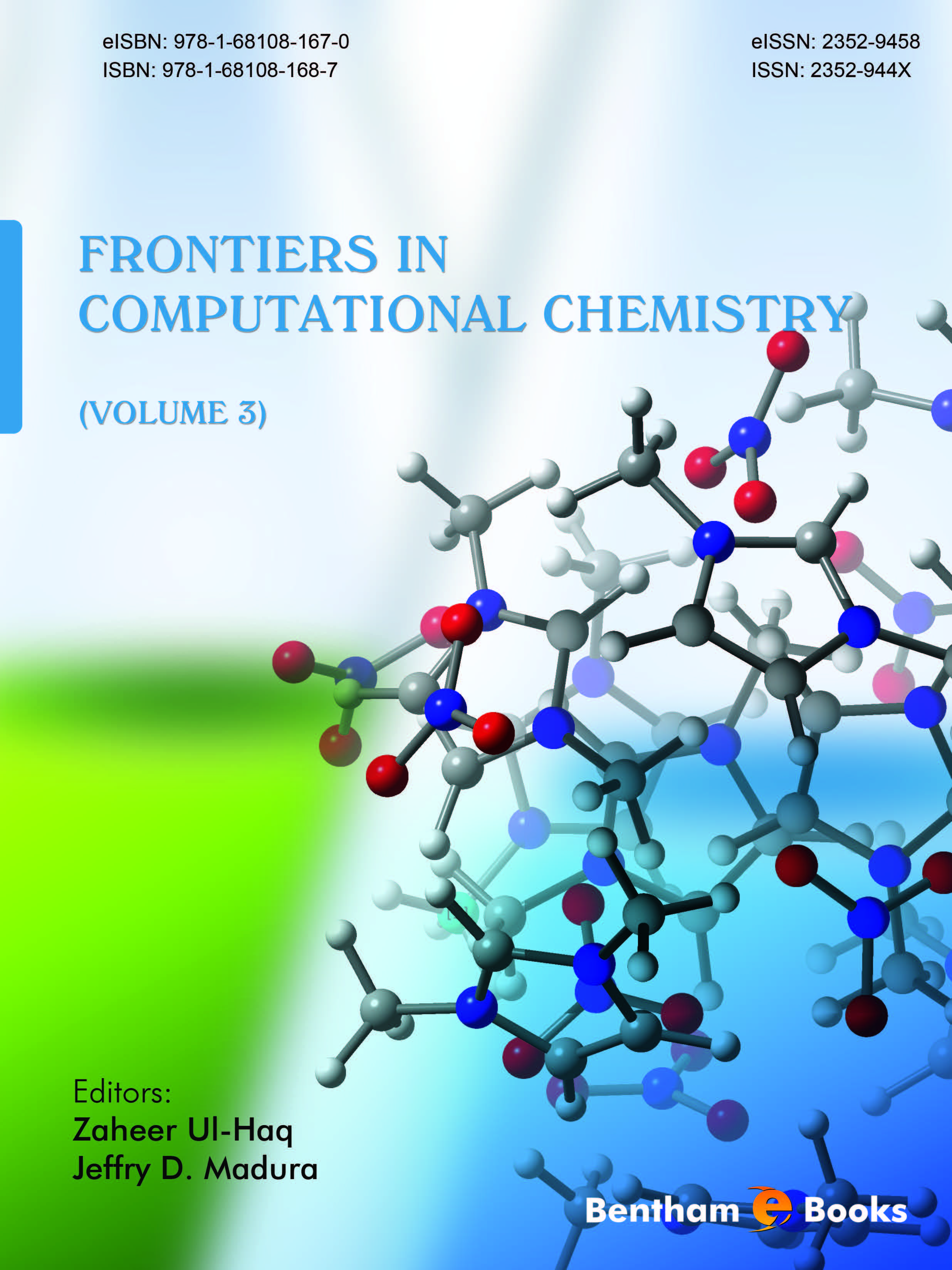The branch of chemistry that uses computers to study chemical questions is known as Computational Chemistry which is a very diverse field spanning from the development and application of linear free energy relationships (e.g. QSAR, QSPR), to electronic structure calculations, molecular dynamics simulations, and to solving coupled differential equations (e.g. drug metabolism). The focus of Frontiers in Computational Chemistry is to present material for the application of computational techniques used in biological processes. Topics falling under this umbrella include computer aided molecular design, drug discovery and development, lead generation, lead optimization, database management, computer and molecular graphics, and the development of new computational methods or efficient algorithms for the simulation of chemical phenomena including the analysis of biological activity. In this third volume, we have collected five different perspectives on the application of computational methods towards drug design.
Chapter 1 “In Silico Approaches for Drug Discovery and Development” reviews the main computational tools used in the drug discovery process. Joseph, et al. also presented the application of physics-based methods that are currently being developed and applied to the drug discovery process.
The removal of toxic metal ions from nuclear and chemical waste streams is an imperative and demanding problem. In Chapter 2 “Computational Chemistry Assisted Design and Screening of Ligand-Solvent Systems for Metal Ion Separation” Ali et al. review electronic structure methods to aid the design and development of new ligands that can be used to extract metal ions from the environment. The goal is to use electronic structure methods to identify a suitable ligand anchored on a solid matrix that can be used in a complex separation process.
One challenge in the biochemical field is understanding the side effects of anti-cancer drugs containing platinum. The authors of Chapter 3 “Molecular Mechanisms of Cellular Transport, Resistance and Cytotoxic Side Effects of Platinum and Adjuvant Anti-cancer Drugs ― A Molecular Orbital Study” present a review of the application of electronic structure methods to understand the side effects, acquired resistance, and combination of platinum drugs with adjuvant drugs in treating cancer.
In Chapter 4 “Elucidating Allosteric Communications in Proteins Via Computational Methods”, the authors present a review of the application of different normal mode analyses based on molecular dynamics methods to understanding allosteric communication in proteins. Alakent and Ince also present the application of graph theory, perturbation methods, and statistical methods to investigate allosteric mechanisms.
The authors of Chapter 5 “Information-theoretic chemical space for many electron systems: from atoms to biological and pharmacological molecules” review the utility of an information-theoretic three-dimensional (IT-3D) space to unveil the unique physical, chemical and biological aspects of a great diversity of many electron systems. These multiple electrons systems range from simple atomic systems to more complex systems such as amino acids. Esquivel et al. claim that “All chemical families recognized by the existing energy-based classifications are embraced by this entropic scheme”.

